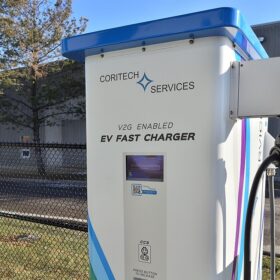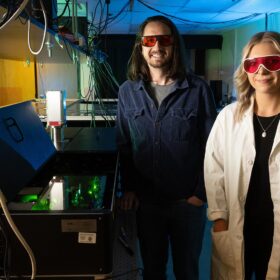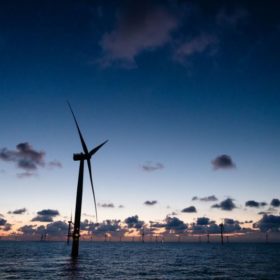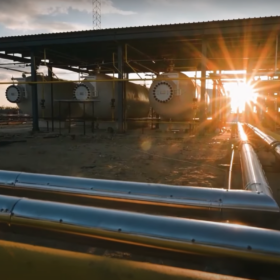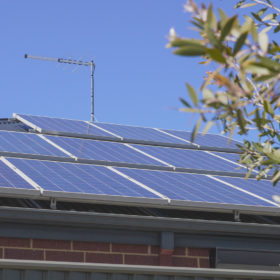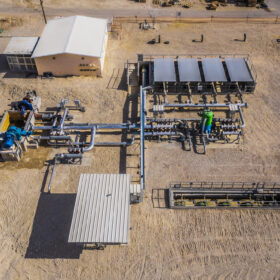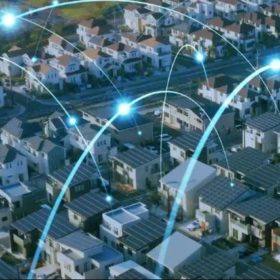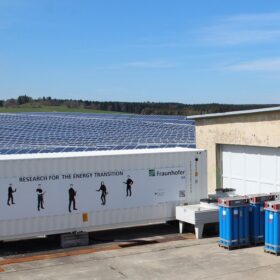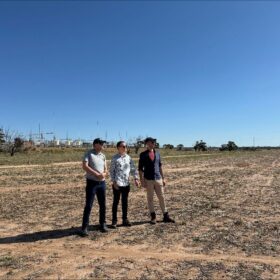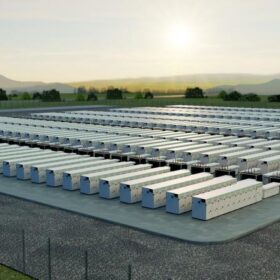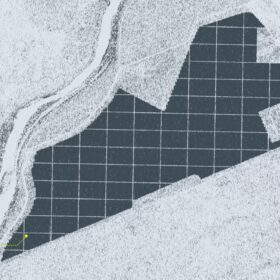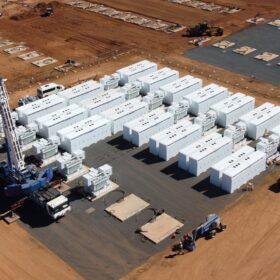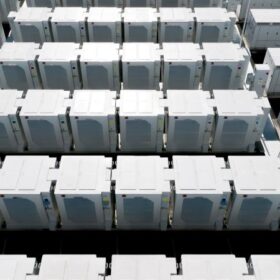Adaptive control of V2Gs incorporating EV owner expectations
Australian researchers have developed a novel adaptive decentralised control strategy for electric vehicle (EV) integration, incorporating both microgrid and EV-side conditions into the primary frequency control. They have proposed new indices to evaluate the charge and discharge capabilities of EV batteries, as well as the satisfaction levels of EV owners.
Study shows n-type bifacial TOPCon cells more prone to degradation than p-type
Dutch scientists have reported higher degradation risk for n-type TOPCon cells with EVA encapsulant due to potential moisture degradation. Front-side metallisation makes n-type cells more vulnerable than p-type cells, according to damp heat tests.
Researchers look beyond silicon to potentially double solar cell efficiency
A team at Colorado State University proposes making thin-film solar cells from naturally abundant molybdenum disulfide.
Agrivoltaics for grape farms
Researchers in Hong Kong have designed an agrivoltaic system that uses blockchain tech and smart contracts to reduce uncertainties between PV system operators and grape farmers. The proposed system uses rainwater to clean solar panels and provide irrigation.
‘Implausible assumptions’ in Australia’s decarbonisation modelling leads investors to develop 1.5°C pathway
Australia needs to inspire a $421 billion (USD 282 billion) investment, accelerate coal closures and significantly speed up our renewable rollout to realise 1.5°C Paris agreement climate targets, according to modelling from an investor group.
Australia tries to boost hydrogen competitiveness
Finance consultancy explains in a new report that the levelised cost of green hydrogen (LCOH) is well below USD 2/kg with subsidies. Using either PEM and alkaline electrolysers, green hydrogen normally has a lower levelised cost than pink hydrogen. Meanwhile, Australian authorities are trying to increase the competitiveness of the local hydrogen sector, and car companies are updating their fuel cell plans.
Paul McArdle’s analysis of his electricity usage (and solar production) at home
Over the Easter weekend there were a number of different tasks to work through – including sorting out what to do about electricity supply at home. Understandably I drew the short straw on that task.
‘Least-cost’ model for compressed air energy storage
Stanford University researchers have created a model to assess how much compressed air storage capacity might be needed for the deep decarbonisation of power systems, while compensating for the variability of wind and solar-based power systems. They applied the model to California’s energy system and found that compressed air could be very competitive on a dollars-per-kilowatt-hour basis.
VPP participation appears overblown with questionable fleet inclusions
Virtual Power Plants, or VPPs, are relatively mature in Australia due to the country’s high penetration of, and familiarity with, distributed energy resources. But claims of VPP success and participation may be overblown, with a considerable gaps between the numbers some platforms are claiming and the realms of possibility.
Investigating load scenarios for grid-forming inverters
A consortium led by the Fraunhofer Institute for Solar Energy Systems (ISE) will test grid-forming inverters at a large-scale PV facility in southern Germany. The aim of the first tests is to examine the performance of the devices under real operating conditions, stress factors, and typical stress profiles.
